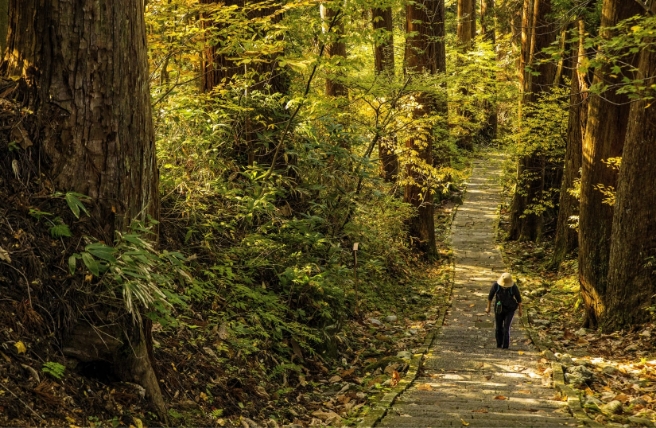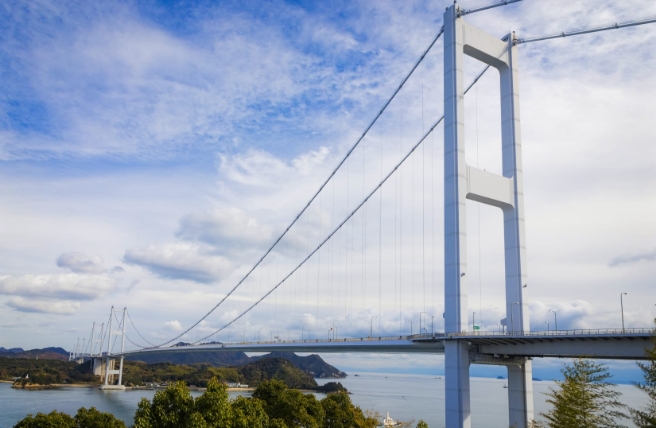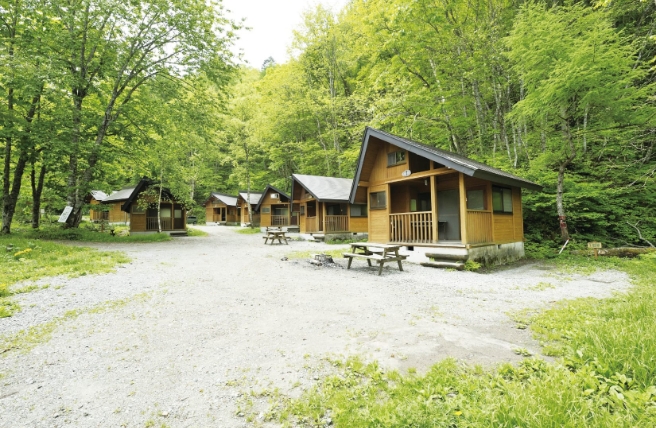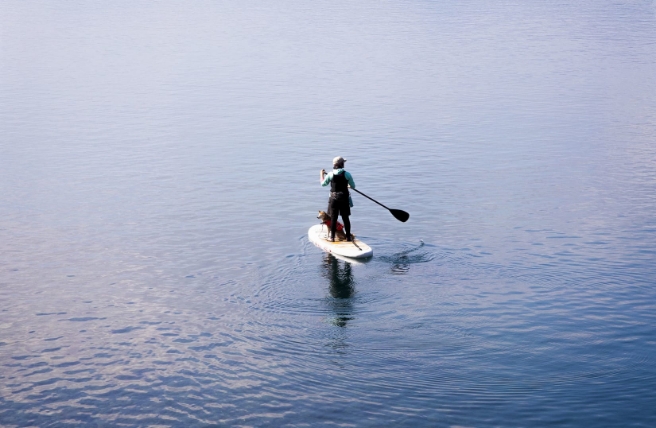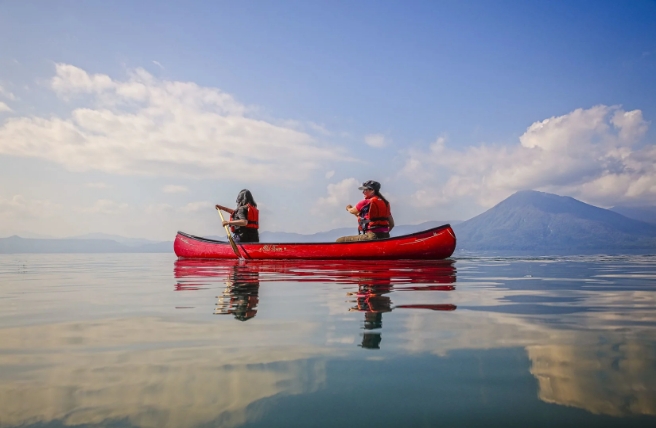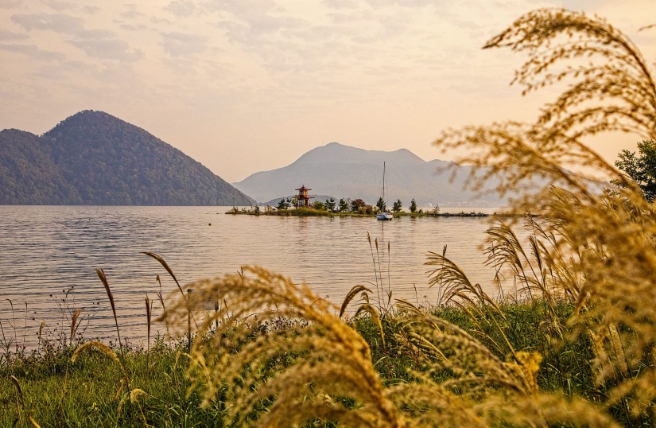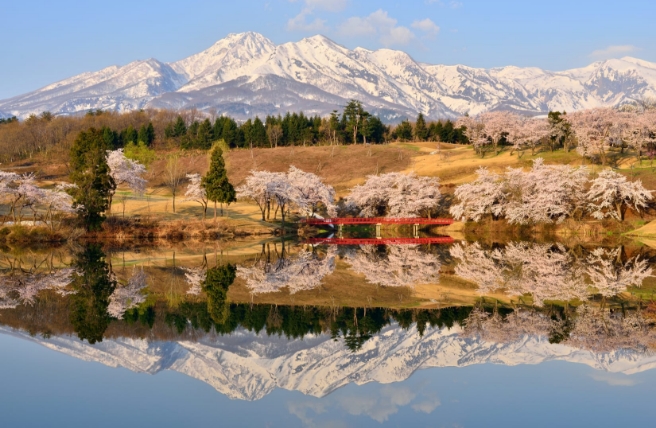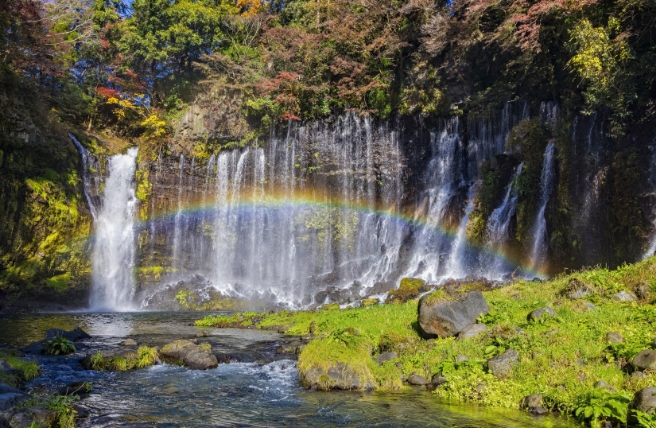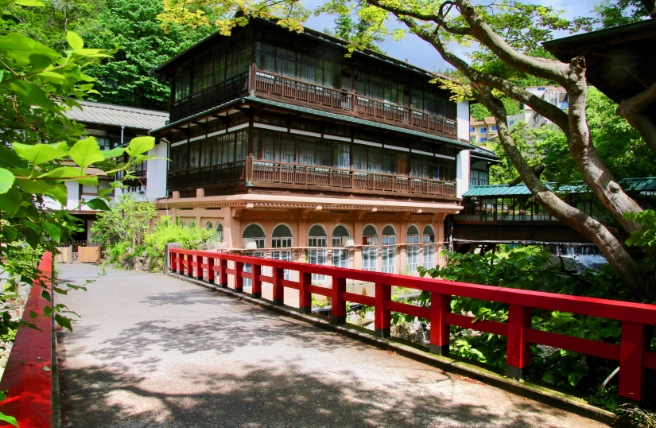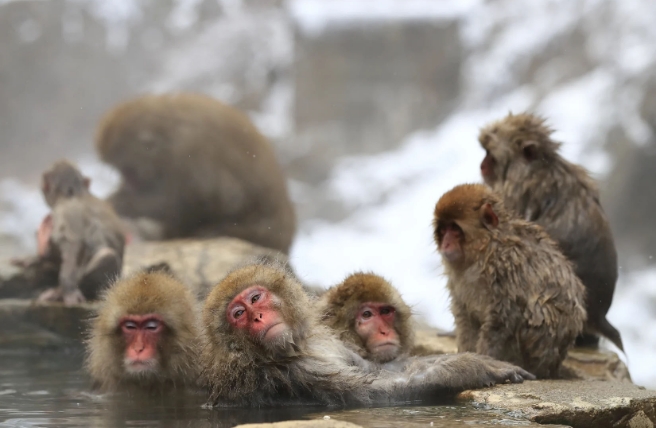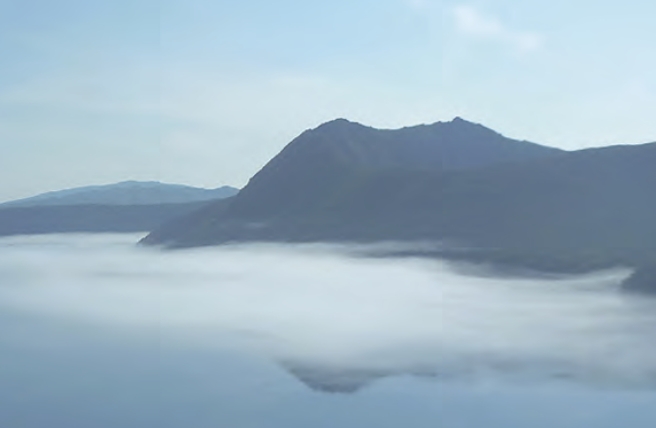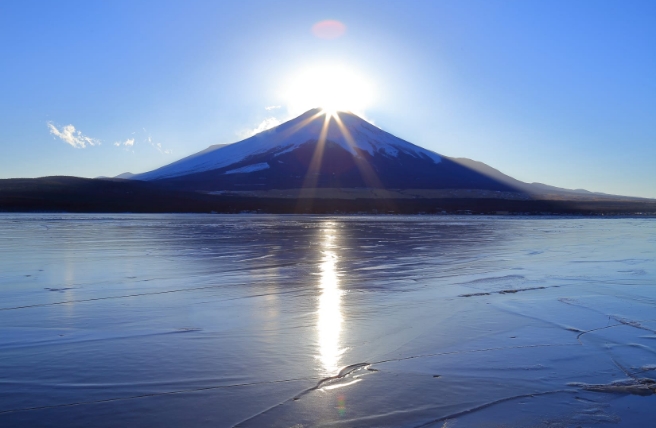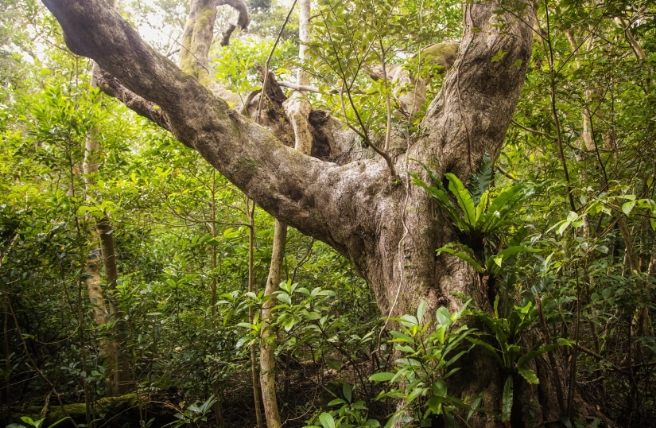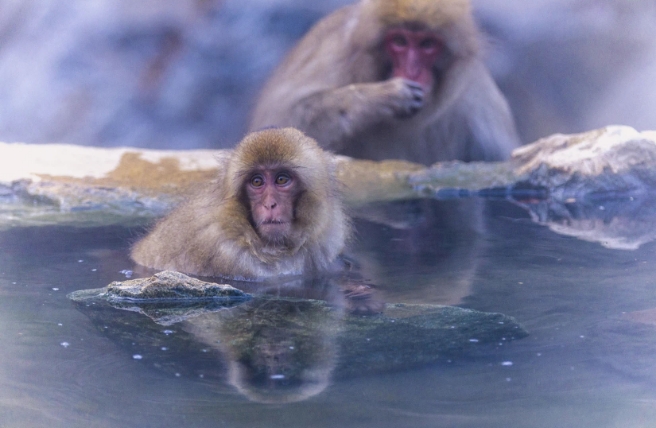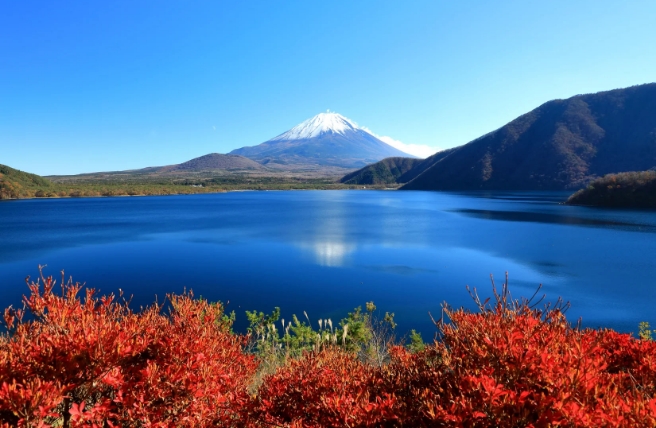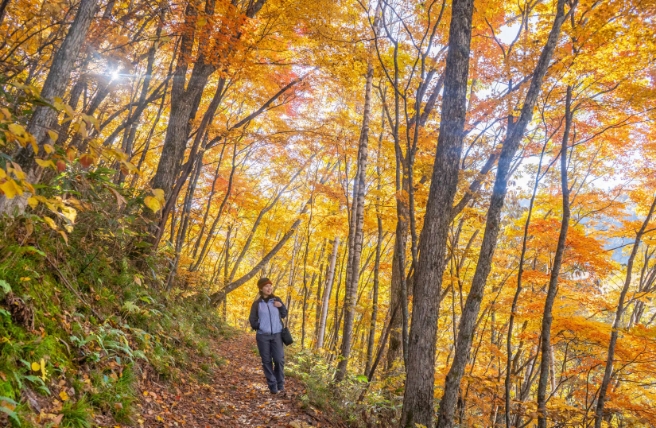Hiking is an excellent way to experience Japan’s beautiful national parks. Escape the city on a short day hike, take an exhilarating climb up a forested slope, or challenge yourself on a multi-day trek across peaks.
Japan’s mountainous landscape
Almost three quarters of Japan’s landscape is mountainous, making it an excellent destination for hikers. You can choose from densely forested slopes lined with streams and waterfalls, dramatic volcanoes dotted with acid pools and steaming craters, or 3,000-meter summits that soar above the clouds. Many of Japan’s mountains are within national parks, and most hiking trails are well-maintained and well-marked. A large number of trailheads are easily accessible via public transport from major cities.
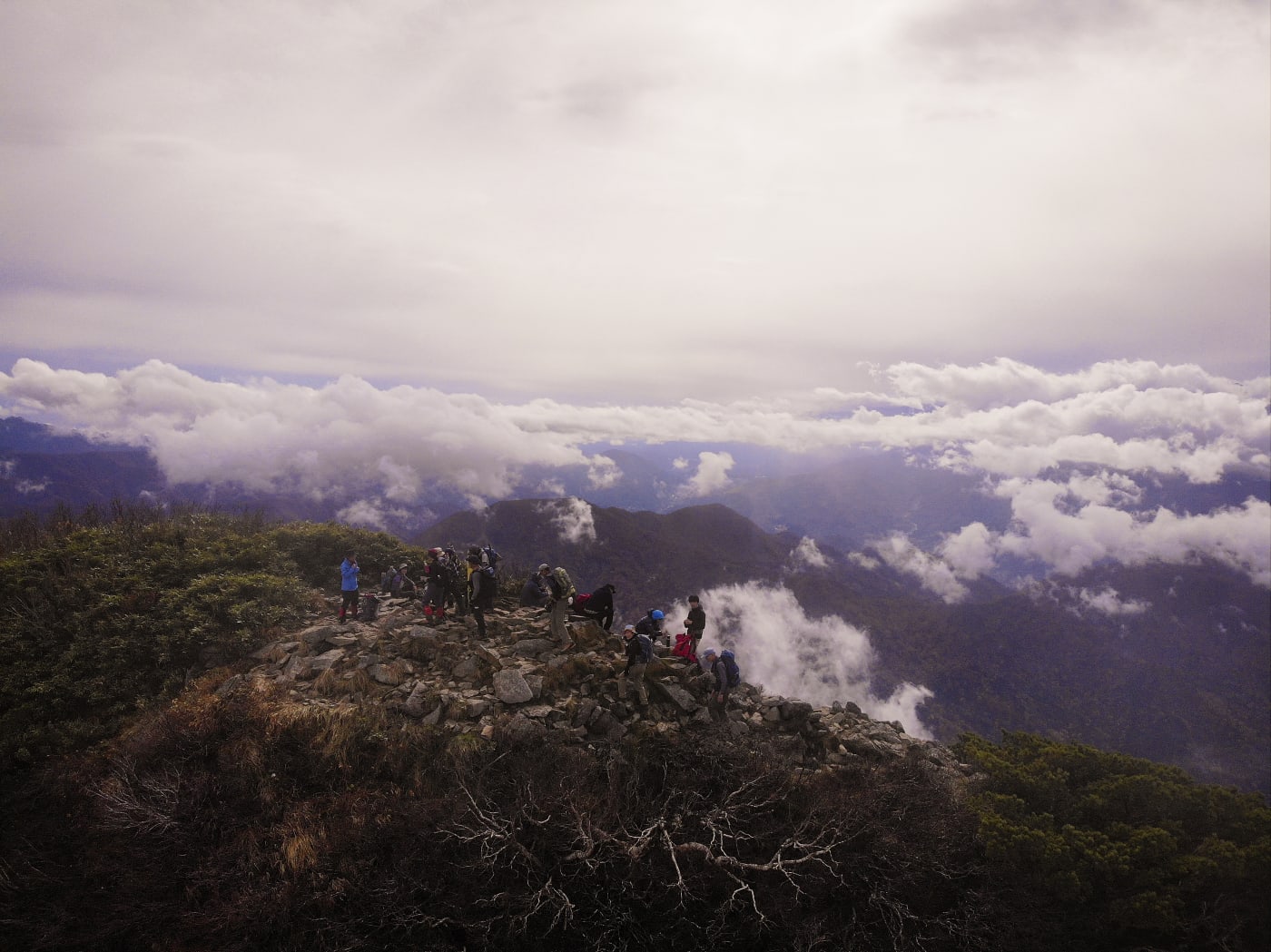
There’s a trail for everyone
The number and variety of mountains in Japan means that there are options for all experience levels, even within the same national park. For example, in Chubusangaku National Park, home to the majestic Northern Japan Alps, beginners and families with children can take a bus almost all the way to the summit of 3,026-meter Mount Norikura. More experienced hikers can try an eight-hour trek from the Kamikochi area to the summit of the active volcano Mount Yakedake. Seasoned mountaineers can opt for a multi-day trek to the 3,190-meter Mount Oku-Hotakadake, traversing the notorious knife-edge Daikiretto ridgeline.
Major hiking routes in Japan are often divided into several stages, marked by waypoints known as “stations.” When planning a hike, be sure to select a route suited to your fitness level. Trails are usually ranked in terms of difficulty, but there are a variety of ranking systems. Generally, “easy” hikes are suitable for most ages and fitness levels. These trails are well-maintained and require no special equipment. “Moderate” hikes may have long, steep sections, and occasionally feature chains and ropes for climbing. Hikers on these routes should have some athletic ability, and hiking boots are recommended. “Difficult” trails require technical skills and special equipment. Expect long distances and steep sections with chains, ladders, and other climbing aids. Be aware of the risk of serious or fatal accidents when attempting these routes.
Many national parks feature cable cars, ski lifts, and ropeways which allow hikers to gain elevation quickly. For some routes, you can take a cable car for your ascent and hike down, or vice versa.
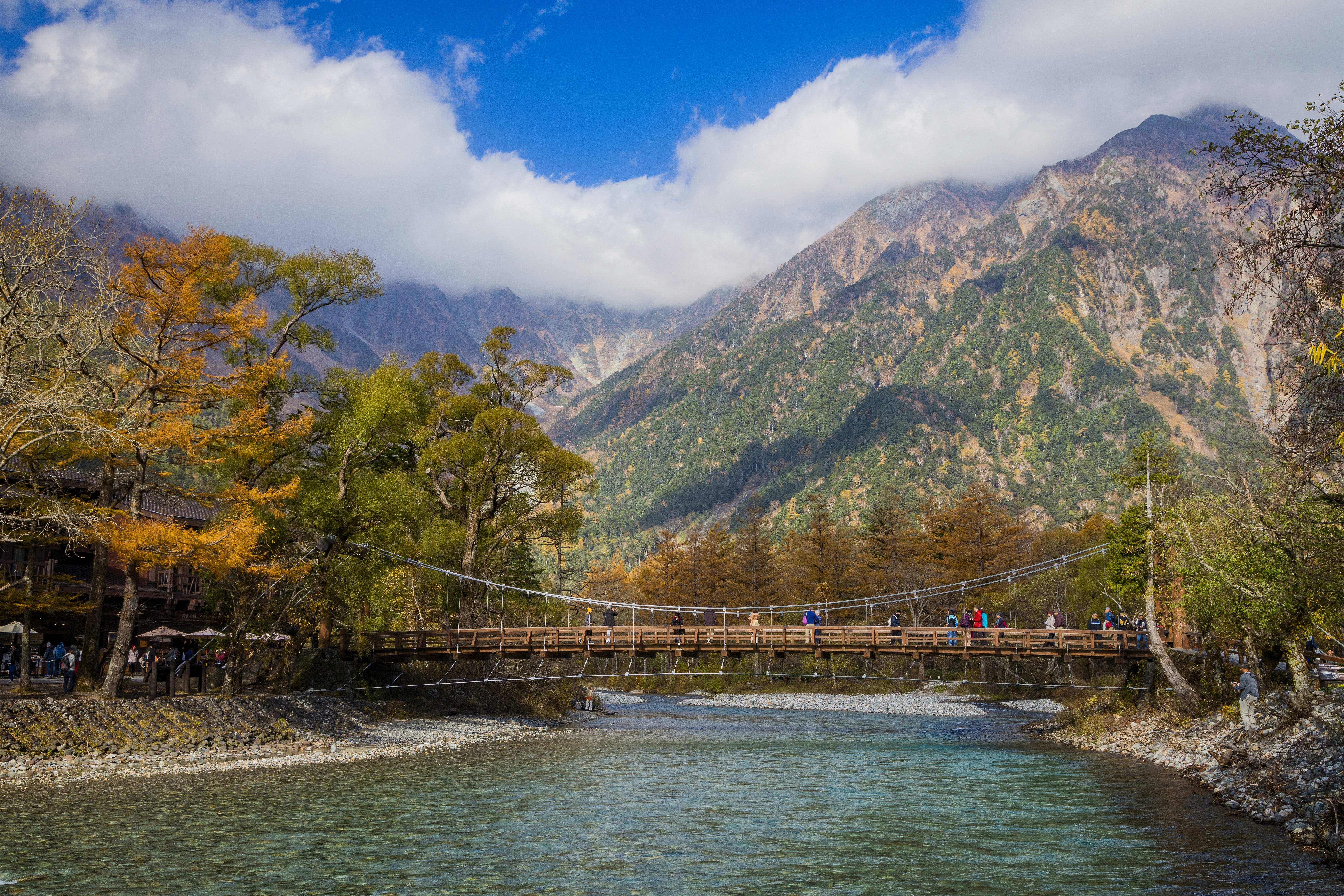
When to hike: seasons and weather
The Japanese archipelago stretches over 3,000 kilometers from north to south with a diverse range of climates, so hiking seasons vary by region.
Japan’s tallest mountains are only open to ordinary hikers during the summer months. In winter, they are covered in snow, posing a risk of avalanches and unstable overhangs of snow. Only professional mountaineers training for Himalayan expeditions scale these mountains during the winter. Mountains with lower elevations are best explored in spring or autumn, when the weather is mild. Some trails, particularly in the northern parts of Japan, take you through wetlands that bloom with alpine flowers during the summer.
Expect temperatures to drop below 15 degrees Celsius at higher altitudes in the summer. The weather in the mountains is unpredictable and can change suddenly, so be prepared for showers, thunderstorms, and even blizzards. August and September are peak typhoon season, so keep an eye on the weather forecast before setting off. Hikers planning to venture up an active volcano should note that some areas may be off-limits due to hazardous gases or risk of eruption. Check at visitor centers for warnings in advance.
Mountain huts: convenience above the clouds
Overnight hikers usually spend the night in mountain huts, which are found along most popular hiking routes. On some routes, such as Mount Fuji’s popular Yoshida Route, many hikers choose to stay in mountain huts midway up the mountain. It is common to start hiking in the middle of the night to reach the summit of Fuji at sunrise.
In other areas, you can complete a multi-day trip by trekking from hut to hut, without having to carry a tent. Mountain huts are a convenient alternative to camping, which is only allowed in designated areas.
In most cases, you will be sleeping on futon beds in shared rooms, so it’s a good idea for light sleepers to bring ear plugs. Some large huts offer private rooms, but advance reservations are recommended, especially during holidays. Lights go out by 8:00 or 9:00 p.m, and many hikers wake up at dawn to get an early start.
Most mountain huts offer dinner, breakfast, and a packed lunch. Dinner is usually served in separate sittings between 4:30 and 8:00 p.m. Expect hot and filling fare such as curry or noodles. Breakfast is usually rice, miso soup, and some simple side dishes. At some huts, you can also purchase snacks and beer. If you prefer to make your own meals, make sure you bring your own camping stove and enough food supplies.
Not all mountain huts offer hot showers. Toilets tend to be located outdoors and overnight guests can use them for free. (Visitors are generally expected to pay a fee). Water supplies are usually available, but you may have to pay a fee.
A full night at a mountain hut with meals can range between 8,000 and 12,000 yen, and payments are generally only accepted in cash. Depending on the area, you may need to make advance reservations by phone or email. Note that most huts are closed throughout the winter.
If you are planning to stay in a mountain hut, set off early and aim to arrive at your accommodation by 3:00 p.m. It gets dark quickly, and afternoon weather can be particularly unpredictable.

Guidelines for hiking in Japan
Although trails are generally well-marked, most of the signs are written only in Japanese. If you do not read Japanese, it is a good idea to make note of the place names along your planned route in kanji before you start out. Stay on the trail, as off-trail hiking is generally prohibited. Avoid getting lost by looking out for flags, signposts, circles painted on boulders, and other trail markers.
Hiking permits are not usually required, but you may need to fill out a hiking registration form and put it in a box at the trailhead.
Be considerate of other hikers: be careful not to knock loose rocks down the mountainside onto hikers below you, and if you are descending, give the right of way to hikers climbing up.
If you are climbing mountains over 2,000 meters high, give yourself enough time to acclimatize to the altitude and drink plenty of water to prevent altitude sickness.
Watch out for wild animals such as bears, wild boars, and the Japanese giant hornet.
Check transportation timetables beforehand to make sure you do not miss the last bus or train on your way back.
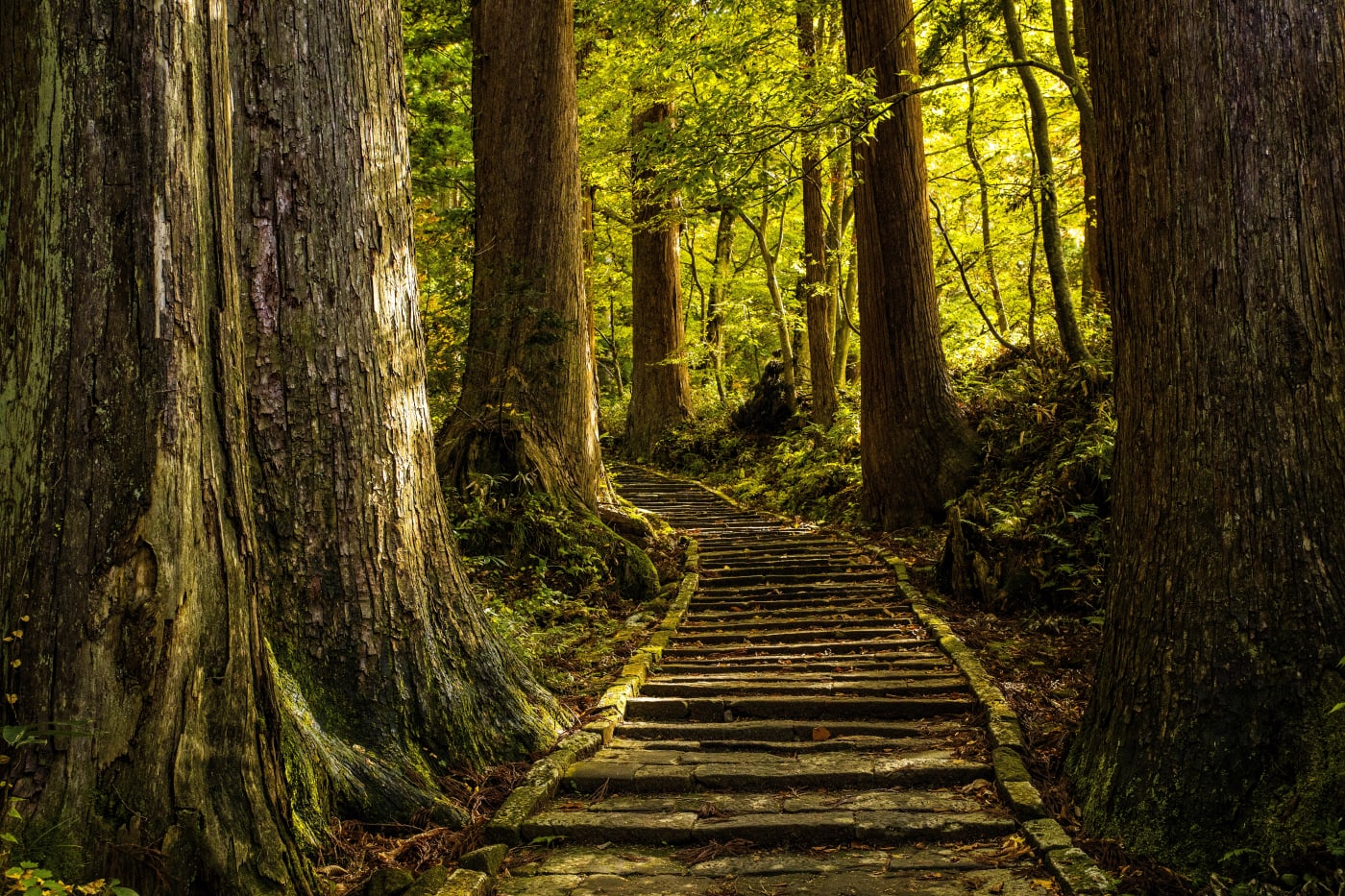
Hiking essentials
It’s important to be well-prepared and appropriately dressed for your hike. Items you need will vary according to the weather, the time of year, and the type and length of hike you are planning to undertake. Here’s a list of things you may need:
- Outdoor shoes/hiking boots
- Well-padded hiking socks
- Sturdy backpack
- Warm fleece for high altitudes
- Quick-drying clothes
- Raingear
- Sunscreen
- Loose change for toilets
- Plastic bags for garbage
- Trekking poles
- First aid kit
- High-calorie snacks
- Map
- Compass
- Flashlight or headlamp
- Bear bell and whistle
- Water bottle with sufficient water supplies (you can refill at mountain huts along the way)
Do’s and Don’ts of Hiking in Japan
- Do bring a bear bell
- Do take your garbage with you
- Do not approach or feed wild animals
- Do not pick plants or flowers
- Do not leave designated hiking trails
- Do not camp outside designated areas
- Do not bring knives with blades longer than 15 centimeters
Hiking is a great way to experience the rich nature of Japan’s national parks. Planning and preparation will help you make the most of your hiking trip. Do plenty of research to familiarize yourself with the trail route, find out where you can replenish food and water supplies along the way, and make a reservation if you are hoping to stay in a mountain hut.
Written by Sameeha Anwar
Related Videos

360° VR Video of Daisekirinzan Karsts in Yambaru National Park

Active Adventure 360° VR Video in Akan-Mashu National Park
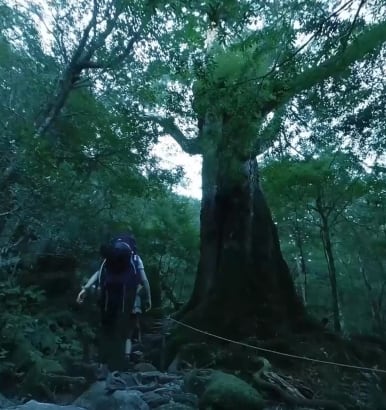
Forest Bathing on Yakushima Island 360° VR Video in Yakushima (Island) National Park

Mount Haguro Five-Story Pagoda 360° VR Video in Bandai-Asahi National Park

The Forests of Yakushima 360° VR Video in Yakushima (Island) National Park

Journey Along the Kumano Kodo 360° VR Video in Yoshino-Kumano National Park
